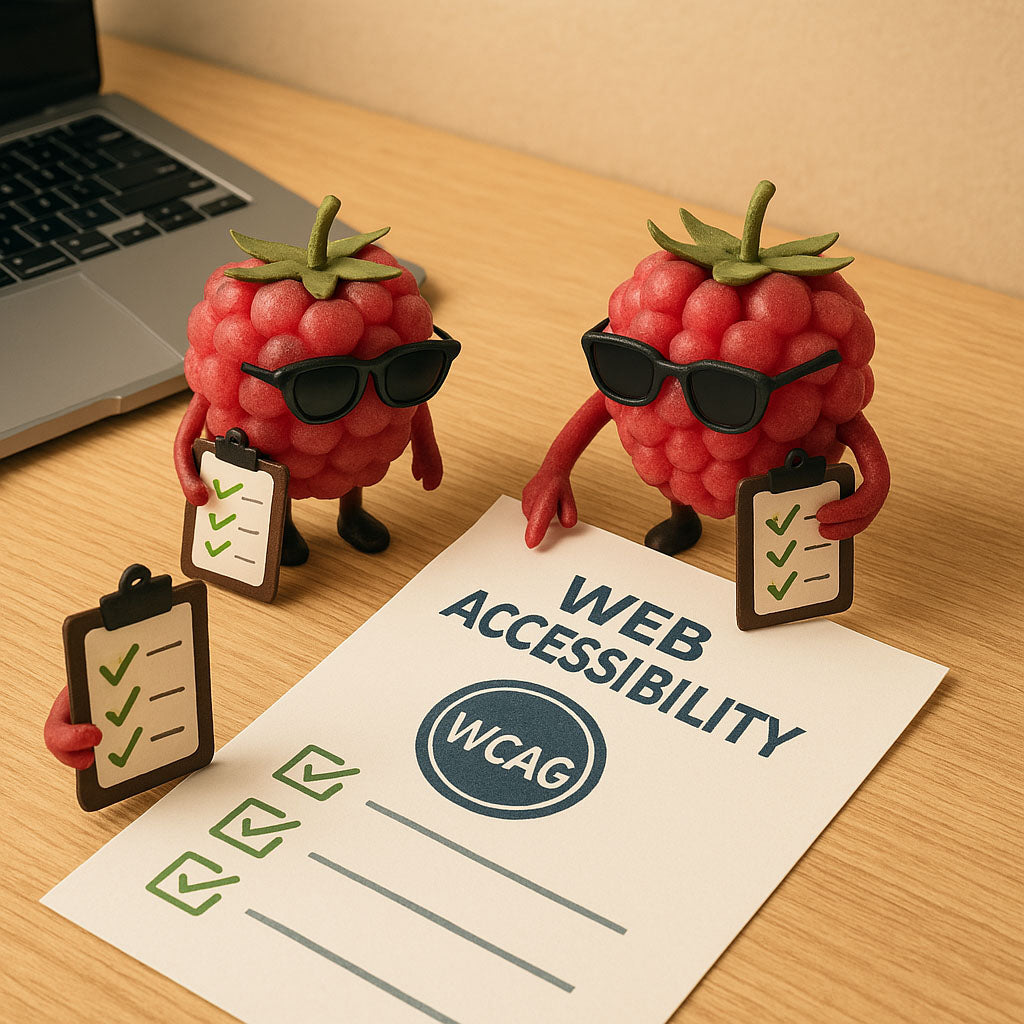Digital accessibility is becoming increasingly relevant – both from a societal and legal perspective.
An important international standard for this is the Web Content Accessibility Guidelines (WCAG). These guidelines specify how websites and online shops must be designed to ensure they are accessible to all people. But what exactly are the WCAG, why are they important for e-commerce, and how do they impact the design of online shops?
Table of contents
Table of contents
What are the WCAG?
The Web Content Accessibility Guidelines (WCAG) are standards for digital accessibility. They define the requirements to make digital content accessible, for example, to people with disabilities or those with temporary impairments.
The WCAG are based on four key principles:
✔ Perceivability – Content must be perceivable by all users, for example, through alt text for images or subtitles for videos.
✔ Operability – Navigation and control must be possible for everyone, such as via keyboard or screen reader.
✔ Understandability – Texts, forms, and instructions must be clearly written and easy to understand.
✔ Robustness – Content should be compatible with various devices and assistive technologies.
These principles form the basis for many national laws on digital accessibility, including the Accessibility Strengthening Act (EAA), which will require online shops to be more accessible starting in June 2025.
What must my online shop meet according to the WCAG?
Implementing the WCAG often requires technical and design adjustments that make the shop overall more user-friendly. Some of the key measures include:
✔ Alt text for images so that screen readers can read the content aloud
✔ Readable font sizes and strong color contrasts for better visibility
✔ Keyboard-friendly navigation so that users don’t rely on a mouse
✔ Simple and understandable forms to ease the ordering process
✔ Subtitles or transcripts for videos so that content is understandable even without sound
These measures not only ensure greater accessibility in e-commerce but also improve overall usability and customer experience.
